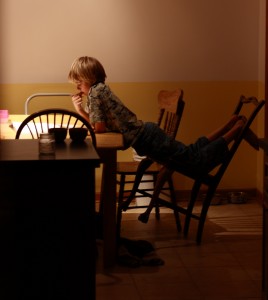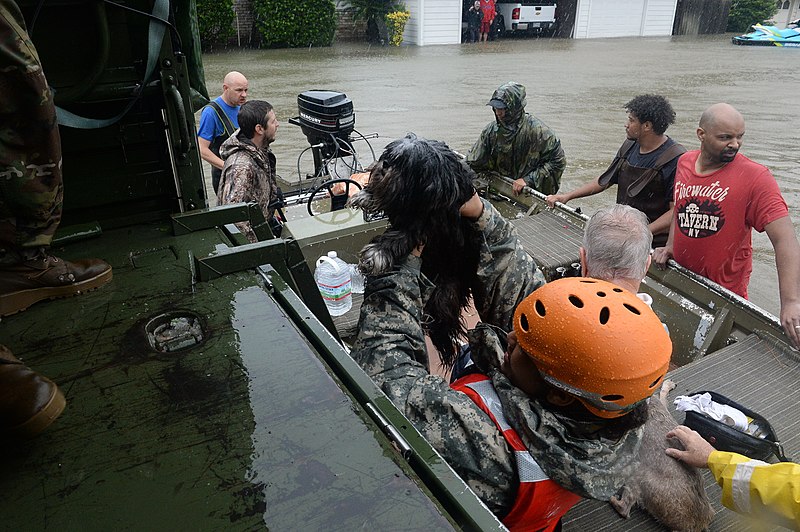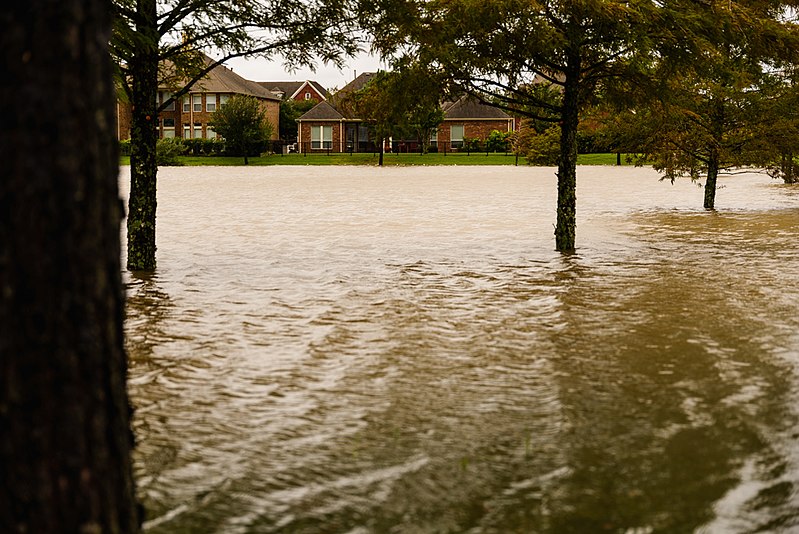
This is a math book review, but also a talk about motivation.
My lone homeschooler (this year) is prone to worrying. Concerning math, her chief worries are that there will be too much work, that it will be too difficult, or that it will all be futile.
Now I don’t believe in rushing math. Other than the odd prodigy you read about in the news, I’ve seen very little benefit to rushing students into upper level math at an early age. Experience teaches that engineers should complete one year of high school calculus in high school. For everyone else, getting through algebra 2 or trig by the end of high school seems to be sufficient. They do, after all, offer college math classes in college.
What this means is that for most kids, doing algebra 1 in 9th grade makes sense. Their brains are far more capable of abstract thinking at that age than at earlier grades. I’ve known, on that count, a number of engineers who found it far better to take geometry in 10th grade or later, even if it meant taking both algebra and geometry in the same year (concurrently or doing geometry over the summer), because geometry requires mature abstract thinking.
Therefore, our goal for our kids is for them to have a sound understanding of arithmetic, elementary geometry concepts, and simple pre-algebra by the end of 8th grade. I would rather them finish middle school fluent in 8th grade math than floundering in algebra.
I wrote here in 2012 about how we handled elementary math (verdict: Math-U-See for us), and here in 2015 about why we switched to Saxon (because the primary teacher changed). Here’s a quick comparison of what I like about each:
Instructional DVD’s, Dive into Saxon vs. MUS: Equivalent. Not identical, but both walk you through the lesson and give example problems. The Dive videos are more like an actual math class, both longer and with more conversation than the MUS videos. The Dive videos contain explicitly Christian content (Bible verses, assorted theistic comments). FYI – Math-u-See materials don’t contain explicitly Christian or theistic content except in select courses such as the Stewardship course.
Word Problem Solving: Math-U-See wins hands down. My three kids who spent their elementary years in MUS have a much better ability to read a word problem and know how to solve it, because MUS teaches math concepts from a real-life-problem point of view. Saxon uses many similar teaching aids, but the approach to word problems is to teach children to analyze the script in the word problem as if it were an abstract code.
Math Facts: Saxon. MUS does tell you to memorize your facts. It assumes you are working whatever drills are necessary on your own. Saxon builds in daily fact drills so that you cannot escape math fact practice. In addition to the four arithmetic operations, Saxon drills geometric principles, ratio equivalents, and simple algebraic equivalents.
Review: Saxon. The sheer quantity of daily practice problems is notorious. Every review problem is labeled with the chapter where you can look up that type of problem, so it is very useful for children who need to go back and remember how to solve a given type of problem. Math-U-See, in contrast, works from the idea that you will master a topic before moving on. Problems build in complexity over time. Saxon does not assume you mastered one lesson before moving on to the next.
Mental Math: Saxon. In addition to the “mental math” practice at the start of each lesson, the sheer variety of problems practiced on any given day demands mental flexibility. In contrast, I’d say that Math-U-See provides better overall mastery of math concepts, and MUS pre-introduces concepts it isn’t officially teaching yet. For example, students know fraction equivalents in MUS years before they actually crack the Fractions book.


My Overall Preferred Strategy
I like Math-U-See for the elementary years, because of the way it teaches comprehension. People like me, however, need something to help with math fact memorization, and honestly I don’t know exactly what that is. Memory work is not my strong suit in teaching. But if you’re using MUS, you’ll want to plan some kind of supplemental drill. However, because Saxon spirals through topics, it is easier to move into a Saxon book at any time, no matter what you’ve been using before.
You can also skip a level in Saxon, which gives you the flexibility of, say, taking three years to complete two math books with some alternate learning in between. For example my current 8th grader did Saxon 6/5 in 6th and early 7th grade, paused to do some Life of Fred and some real-life math applications, then picked back up with Saxon 8/7 later in 7th grade with no difficulty; she’ll complete 8/7 by the end of 8th grade.
(Why no, I feel no need whatsoever for the kids to do their Saxon books at the earlier of the two grades in a given book title. See below to find out why.)
For this particular student, I’ll probably go back to Math-U-See for Algebra 1 in 9th grade. The uncluttered format and arrow-like focus of Math-U-See will probably work better for her in upper level math. More philosophy of education: It’s more important in math that you master what you do study than that you dabble in greater depths than you can truly handle.
There are other subjects where floating in the depths has its benefits. I don’t believe that is the case with math.
Math Book Confidence
Coming back to the title of this post: My current 8th grader is easily intimidated by a math book.
One of the reasons I like 8/7 as an 8th grade pre-algebra book is that I’ve seen it work. The spiral, scattershot nature of Saxon means that you are very likely to fill in any little gaps that might have sneaked into the elementary years. The memory work is focused on preparing for high school. The perpetual review pounds the concepts into your brain. So, in the hands of a student who actually does the homework, it’s a very effective tool.
Seeing the book work gives us confidence that it will keep working. The current 8th grader knows that her older sister did this book in 8th grade and went on to ace Algebra 1 at the corner high school. That makes a big difference in helping the younger sibling, who finds math books daunting, to keep her chin up and grind away. It helps me to be motivated to make the child stick with it when she gets daunted (or I do).
–> Neither of the girls are especially math-loving students; they have decent intelligence, but they aren’t staying up late at night playing math games or anything. Another book might be better for a different kind of child.
So I would say that above all in picking a math book, to choose one that has been successful for students similar to yours. It’s just easier to work through a book if you have good reason to believe your work will bear fruit.














